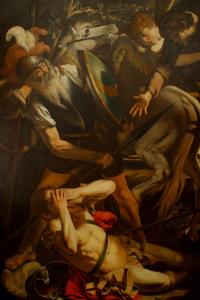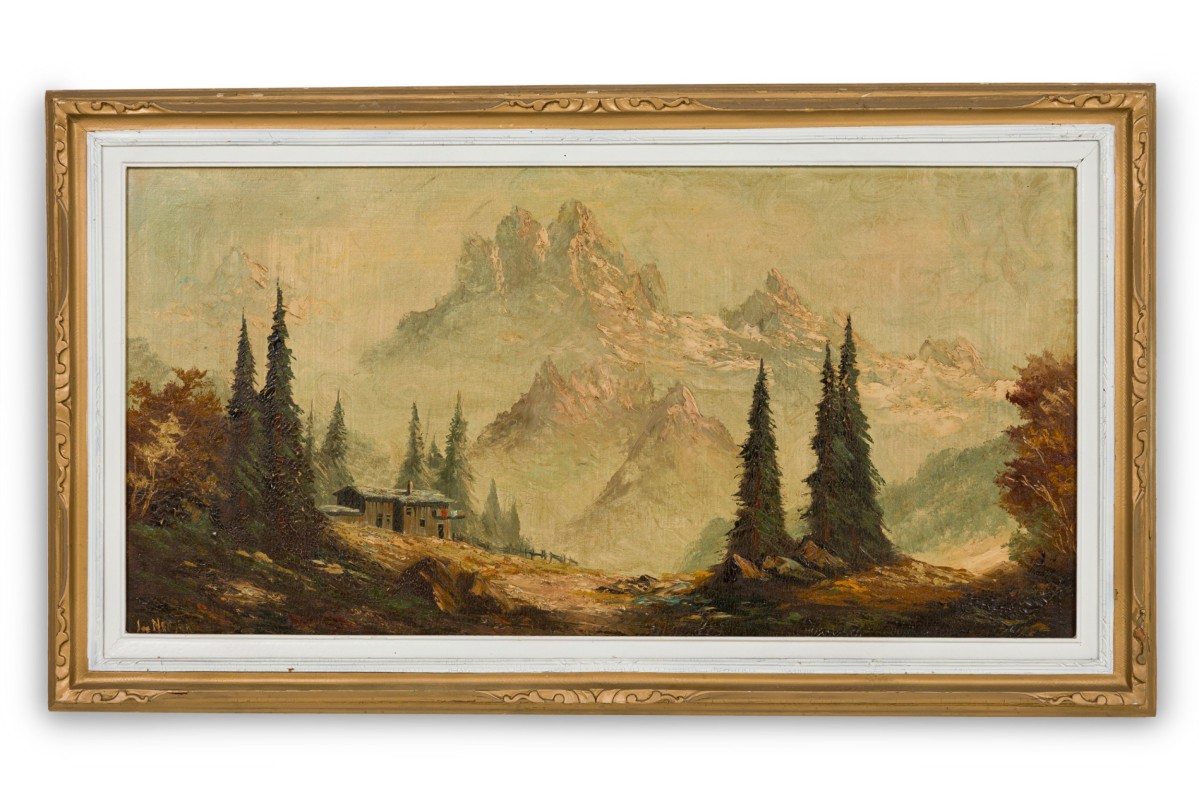X
{{ modalTitle }}
PLEASE FILL IN THE REQUIRED FIELDS.X
X
{{ modalTitle }}
Choose one of the options below.X
ITEM SUCCESSFULLY
ADDED TO PROJECT
Caravaggio's "The Conversion of St. Paul"
 American
American Victorian
Victorian Cleared Art, Accessories/Décor/Bric-a-Brac
Cleared Art, Accessories/Décor/Bric-a-Brac Religious, Religious items
Religious, Religious items
Newel Warehouse
32-00 Skillman Ave
Long Island City NY - 11101
 (212) 758-1970
(212) 758-1970
Caravaggio's "The Conversion of St. Paul"

Newel Warehouse
32-00 Skillman Ave
Long Island City NY - 11101
 (212) 758-1970
(212) 758-1970
 Cleared Art, Accessories/Décor/Bric-a-Brac
Cleared Art, Accessories/Décor/Bric-a-Brac Religious, Religious items
Religious, Religious items
About Troubetzkoy
Troubetzkoy (1866-1938) was a prominent Russian-born artist and sculptor who made significant contributions to the world of decorative arts and design. Known for his innovative approach and mastery of various mediums, Troubetzkoy's work continues to be celebrated for its elegance and artistic brilliance.
Born on February 16, 1866, in Intra, Italy, Troubetzkoy was born into a noble read more..
Victorian
Period in English furniture during the reign of Queen Victoria 1837-1901. Consists of a resurrection of many previous periods and revival imitations including: Gothic, Tudor, Elizabethan, Rococo, and Neoclassic style. This period had a focus on dark woods, heavy fabrics, embellishment, engagement with newly developed imitation materials that were facilitated by the Industrial Revolution, and a tendency towards eclecticism.
Baroque
A style of architecture, art, music, and decoration which originated in Italy during the late 16th century and slowly spread throughout Europe culminating in Germany and South American in the 18th Century. Often contradictory, Baroque style is complex but is characterized by bold details, sweeping curves, sensuous drama, and heightened emotional states. Often the Baroque would be referred to as defying logic, departing from the establishment, and an exaggeration of proportions.
Victorian
Period in English furniture during the reign of Queen Victoria 1837-1901. Consists of a resurrection of many previous periods and revival imitations including: Gothic, Tudor, Elizabethan, Rococo, and Neoclassic style. This period had a focus on dark woods, heavy fabrics, embellishment, engagement with newly developed imitation materials that were facilitated by the Industrial Revolution, and a tendency towards eclecticism.
Baroque
A style of architecture, art, music, and decoration which originated in Italy during the late 16th century and slowly spread throughout Europe culminating in Germany and South American in the 18th Century. Often contradictory, Baroque style is complex but is characterized by bold details, sweeping curves, sensuous drama, and heightened emotional states. Often the Baroque would be referred to as defying logic, departing from the establishment, and an exaggeration of proportions.
Victorian
Period in English furniture during the reign of Queen Victoria 1837-1901. Consists of a resurrection of many previous periods and revival imitations including: Gothic, Tudor, Elizabethan, Rococo, and Neoclassic style. This period had a focus on dark woods, heavy fabrics, embellishment, engagement with newly developed imitation materials that were facilitated by the Industrial Revolution, and a tendency towards eclecticism.
Baroque
A style of architecture, art, music, and decoration which originated in Italy during the late 16th century and slowly spread throughout Europe culminating in Germany and South American in the 18th Century. Often contradictory, Baroque style is complex but is characterized by bold details, sweeping curves, sensuous drama, and heightened emotional states. Often the Baroque would be referred to as defying logic, departing from the establishment, and an exaggeration of proportions.









